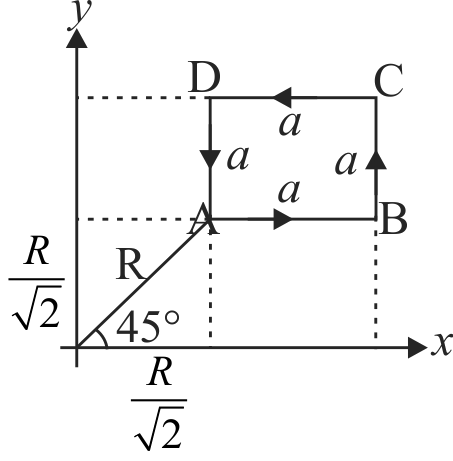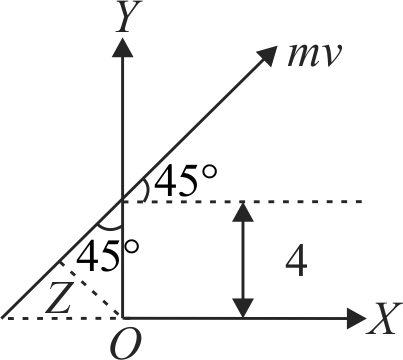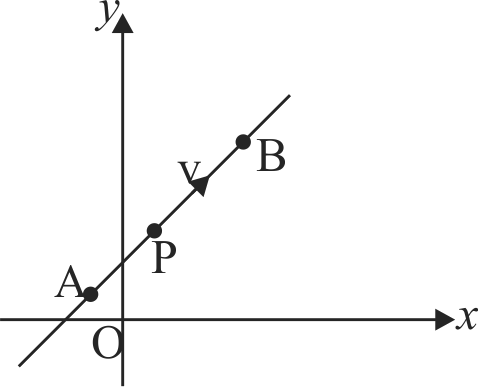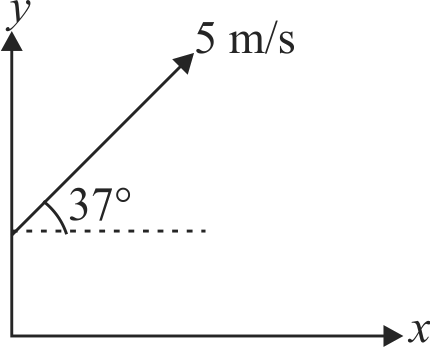366183
A particle of mass \(m\) is moving along the side of a square of side ' \(a\) ', with a uniform speed \(v\) in the \(x-y\) plane as shown in the figure. Which of the following statements is false for the angular momentum \(\vec{L}\) about the origin?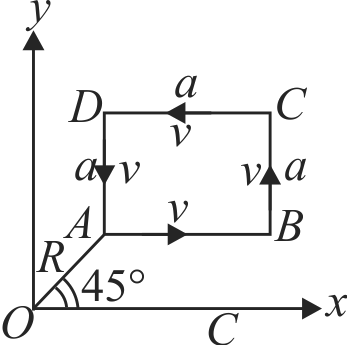
366183
A particle of mass \(m\) is moving along the side of a square of side ' \(a\) ', with a uniform speed \(v\) in the \(x-y\) plane as shown in the figure. Which of the following statements is false for the angular momentum \(\vec{L}\) about the origin?
366183
A particle of mass \(m\) is moving along the side of a square of side ' \(a\) ', with a uniform speed \(v\) in the \(x-y\) plane as shown in the figure. Which of the following statements is false for the angular momentum \(\vec{L}\) about the origin?
366183
A particle of mass \(m\) is moving along the side of a square of side ' \(a\) ', with a uniform speed \(v\) in the \(x-y\) plane as shown in the figure. Which of the following statements is false for the angular momentum \(\vec{L}\) about the origin?
